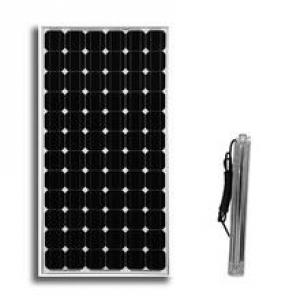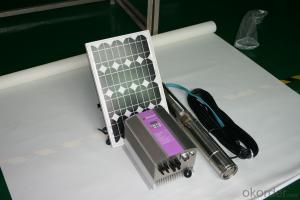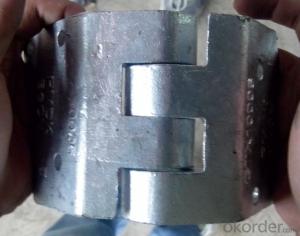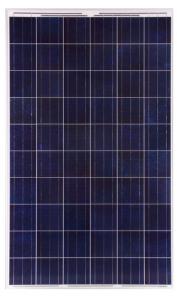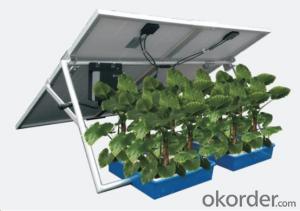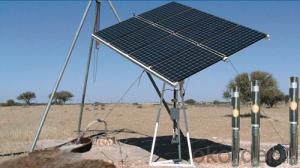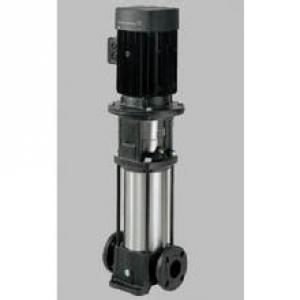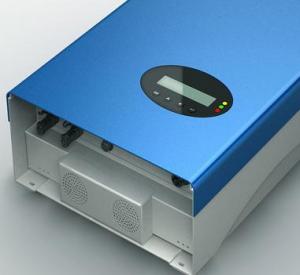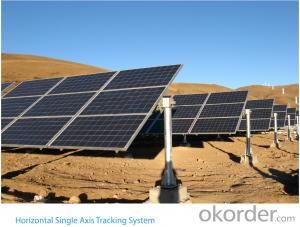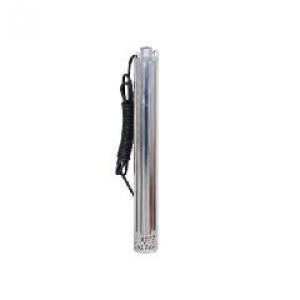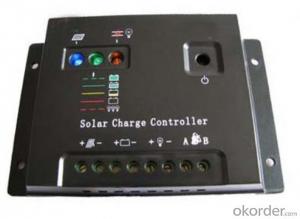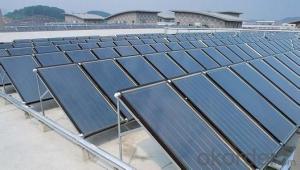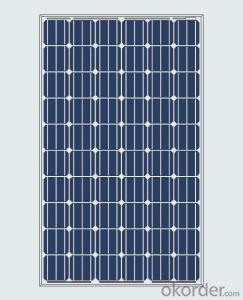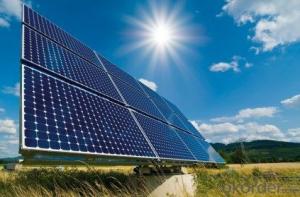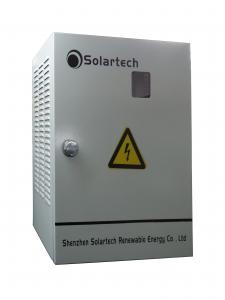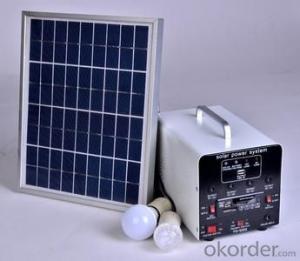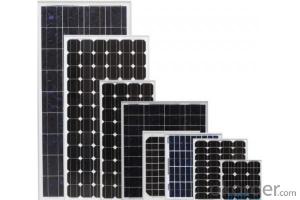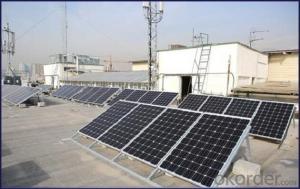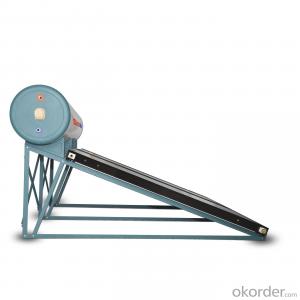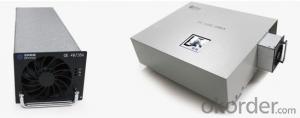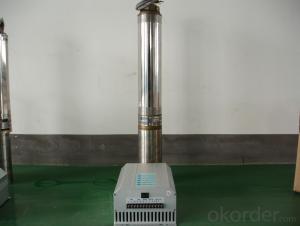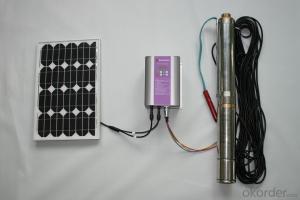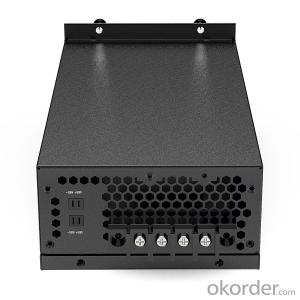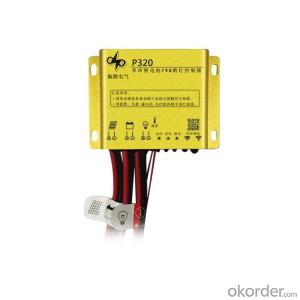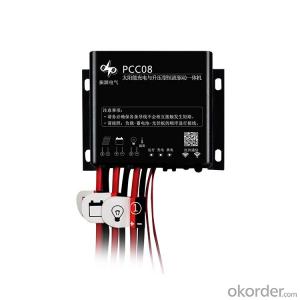Solar Power Management Module
Solar Power Management Module Related Searches
Solar Power Module Solar Energy Module Solar Power Bank Module Solar Module Solar Module System Solar Panel Module Solar Cell Module Solar Module Power Solar System Module Solar Air Module Smart Module Solar Module Solar Module Solar Panel Solar Photovoltaic Module Solar Cell Solar Module Solar Battery Module Solar Light Module Solar Tracking Module Solar Hybrid Module Solar Tracker Module Solar Sound Module Solar Charger Module Solar Module Equipment Solar Thermal Module Solar Led Module Solar Battery Charger Module Solar Pv Module Solar Sync Module Solar Module Components Solar Module CertificationSolar Power Management Module Supplier & Manufacturer from China
Solar Power Management Module is a crucial component in the field of renewable energy, specifically designed to optimize the performance and efficiency of solar power systems. These modules play a vital role in managing the energy generated by solar panels, ensuring that it is effectively utilized or stored for later use. By incorporating advanced technologies, they help in maximizing the output of solar energy systems and reducing energy waste.The application and usage scenarios of Solar Power Management Module are vast, making them indispensable in various sectors. They are widely used in residential, commercial, and industrial settings, where solar power is harnessed to meet energy demands. From managing energy flow in solar-powered homes to overseeing large-scale solar farms, these modules ensure that the energy generated is efficiently distributed and utilized. They also play a critical role in off-grid applications, such as in remote areas or emergency situations, where reliable power supply is essential.
Okorder.com is a leading wholesale supplier of Solar Power Management Module, boasting a large inventory that caters to the diverse needs of customers worldwide. With a commitment to quality and customer satisfaction, Okorder.com offers a comprehensive range of Solar Power Management Module products, ensuring that clients have access to the latest and most efficient solutions in solar power management.
Hot Products


